Maintenance Ideas for Rain Gardens and Bioretention Facilities
/What are they?
Rain gardens and bioretention facilities are landscaped depressions that slow down and filter stormwater from roads, hardscape, and roofs.
How do they work?
In rain gardens, stormwater filters through the soil and plant root area to the underlying native soil, and excess water overflows to an adjacent drainage system. In contrast to rain gardens, bioretention facilities are engineered systems that may have additional underdrains, control structures, and regulatory requirements.
How do I set up a maintenance schedule?
To ensure proper functioning and long-term sustainability, follow the annual and as needed maintenance practices described on the opposite side. Special maintenance attention is needed during the first 3 years of establishment. Determine who will be responsible for maintenance during the first crucial year after establishment, as well as long term. If you find regular weeding and monitoring becomes overwhelming, consider partnering with community or volunteer groups, or hiring a maintenance crew.
Key Maintenance Considerations:
Traffic: To prevent compaction, these facilities must be protected from
regular foot traffic, vehicles, and other loads - particularly during wet
conditions.
Documentation: Take photos or notes of the garden to document how
it is evolving and being maintained.
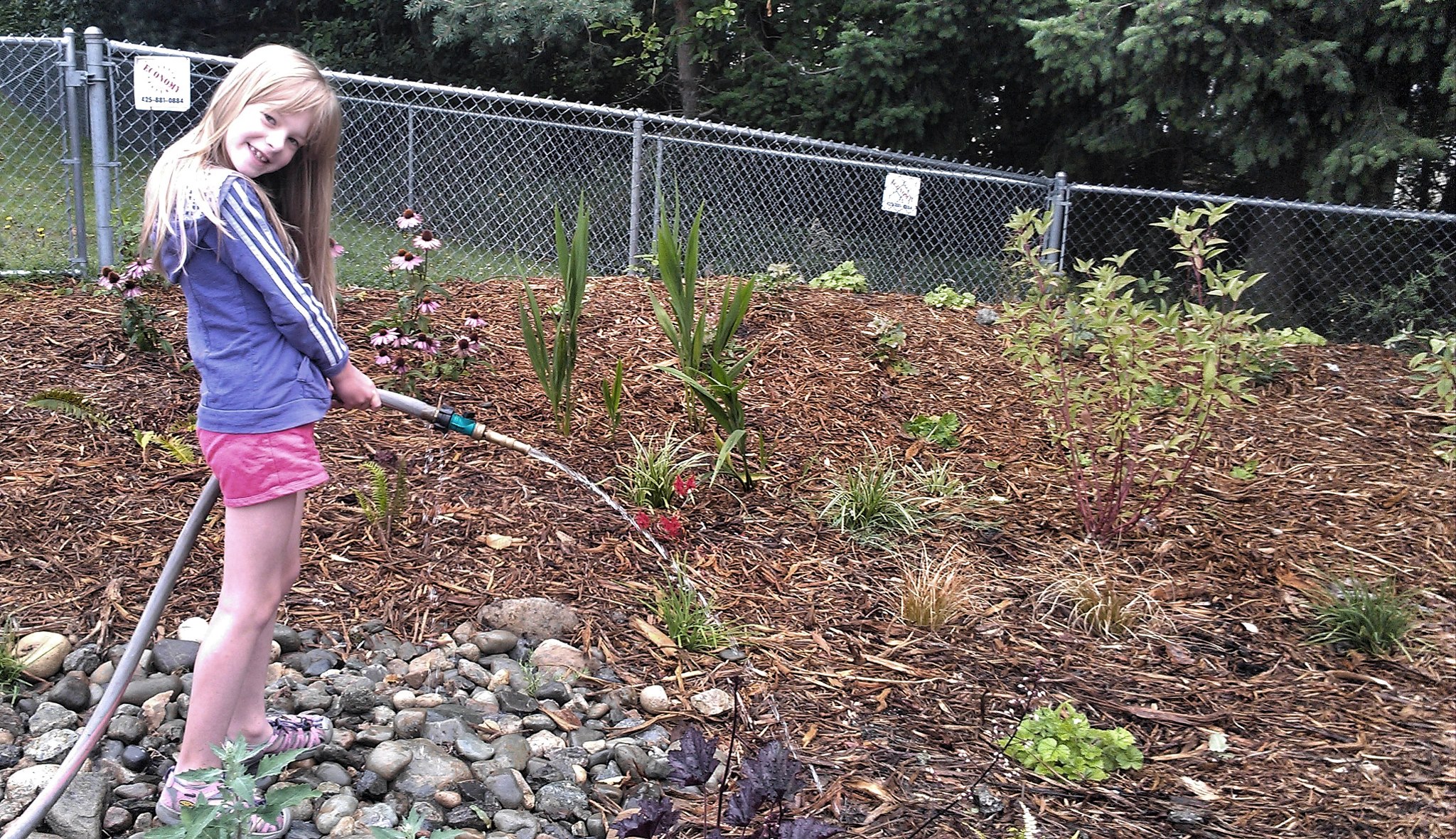
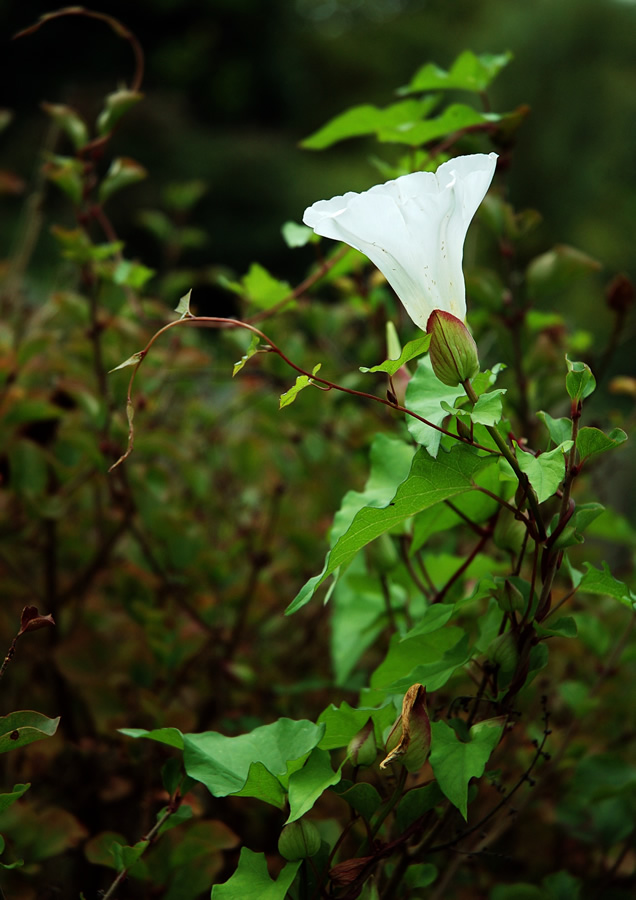


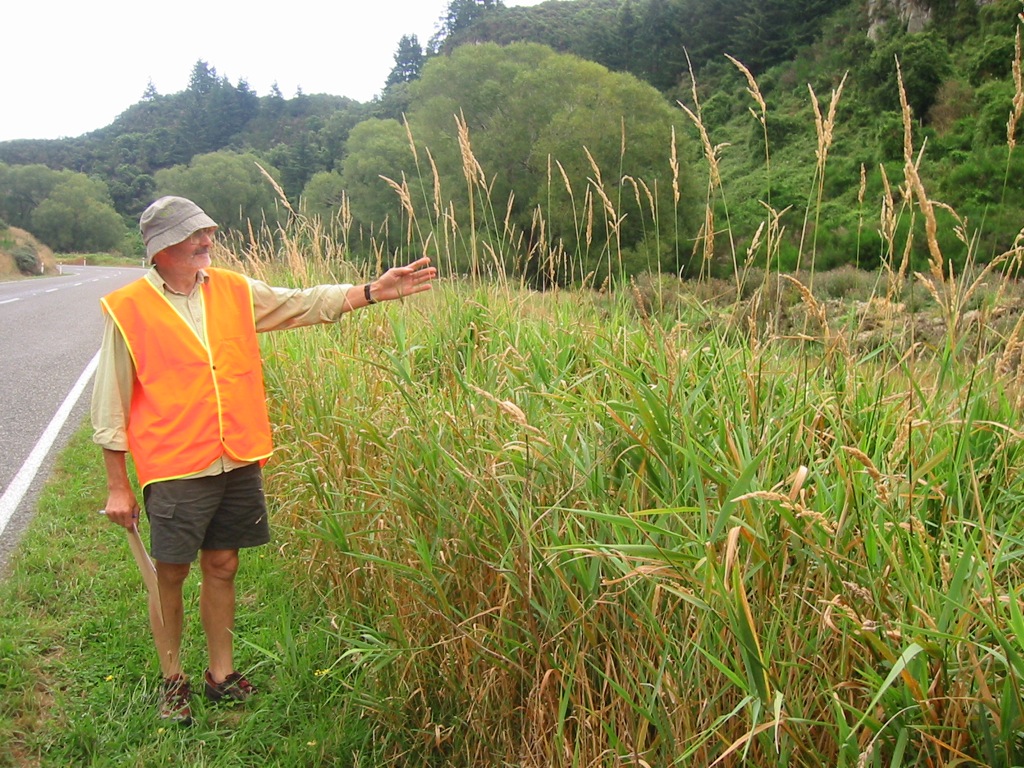

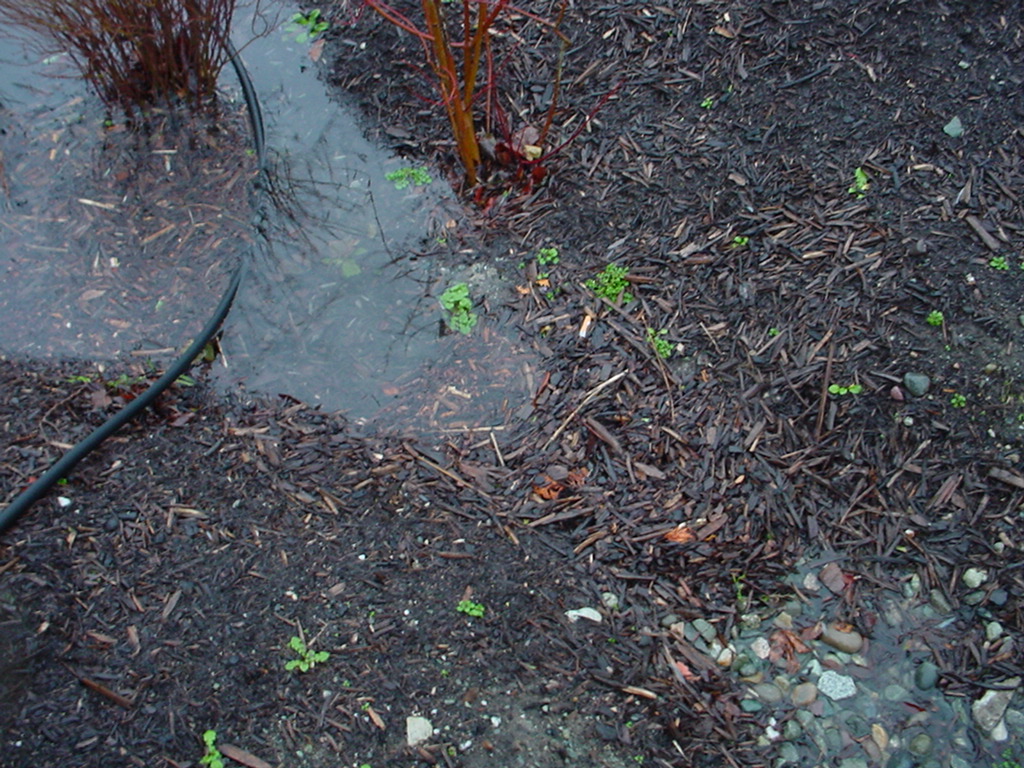
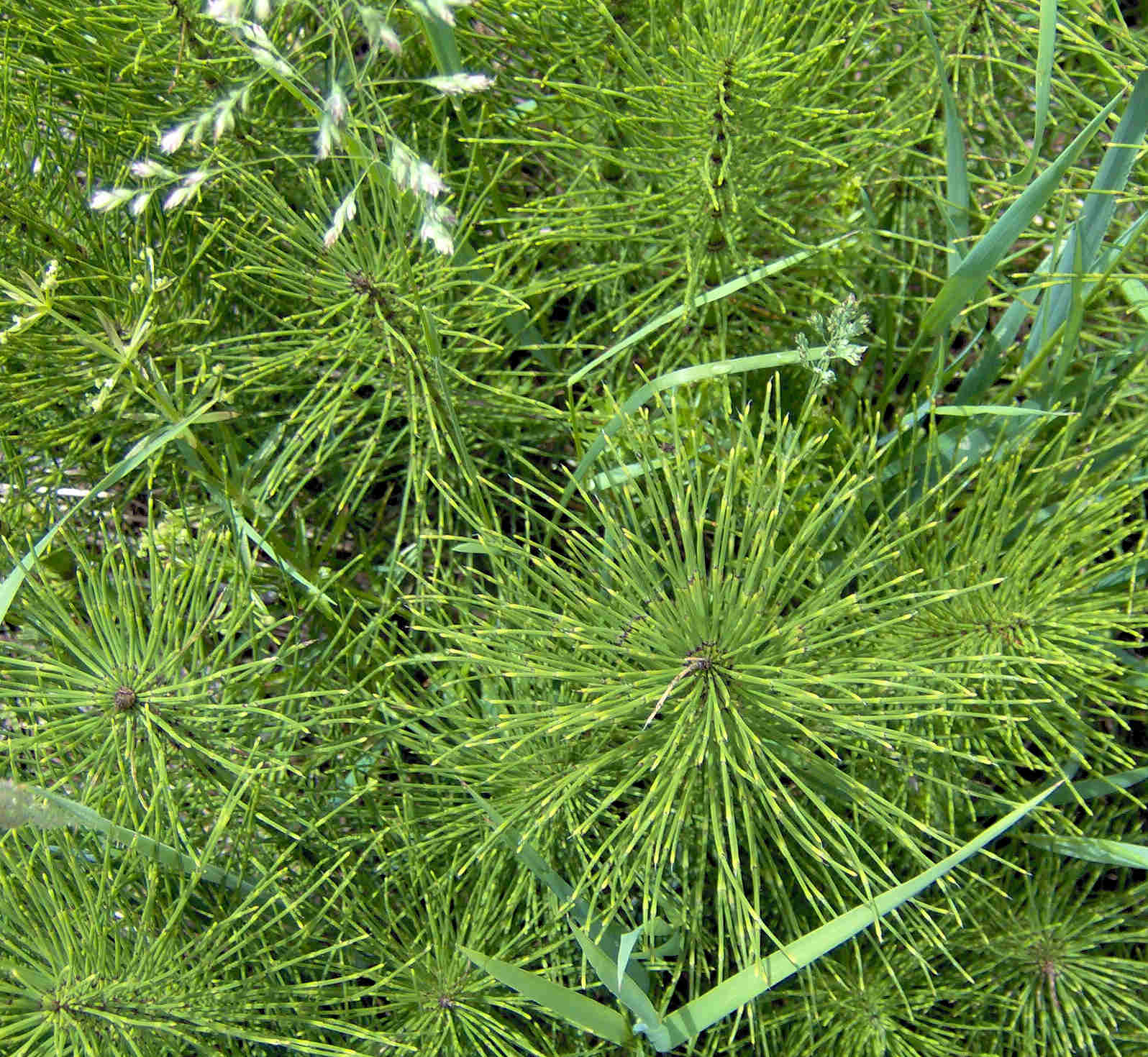

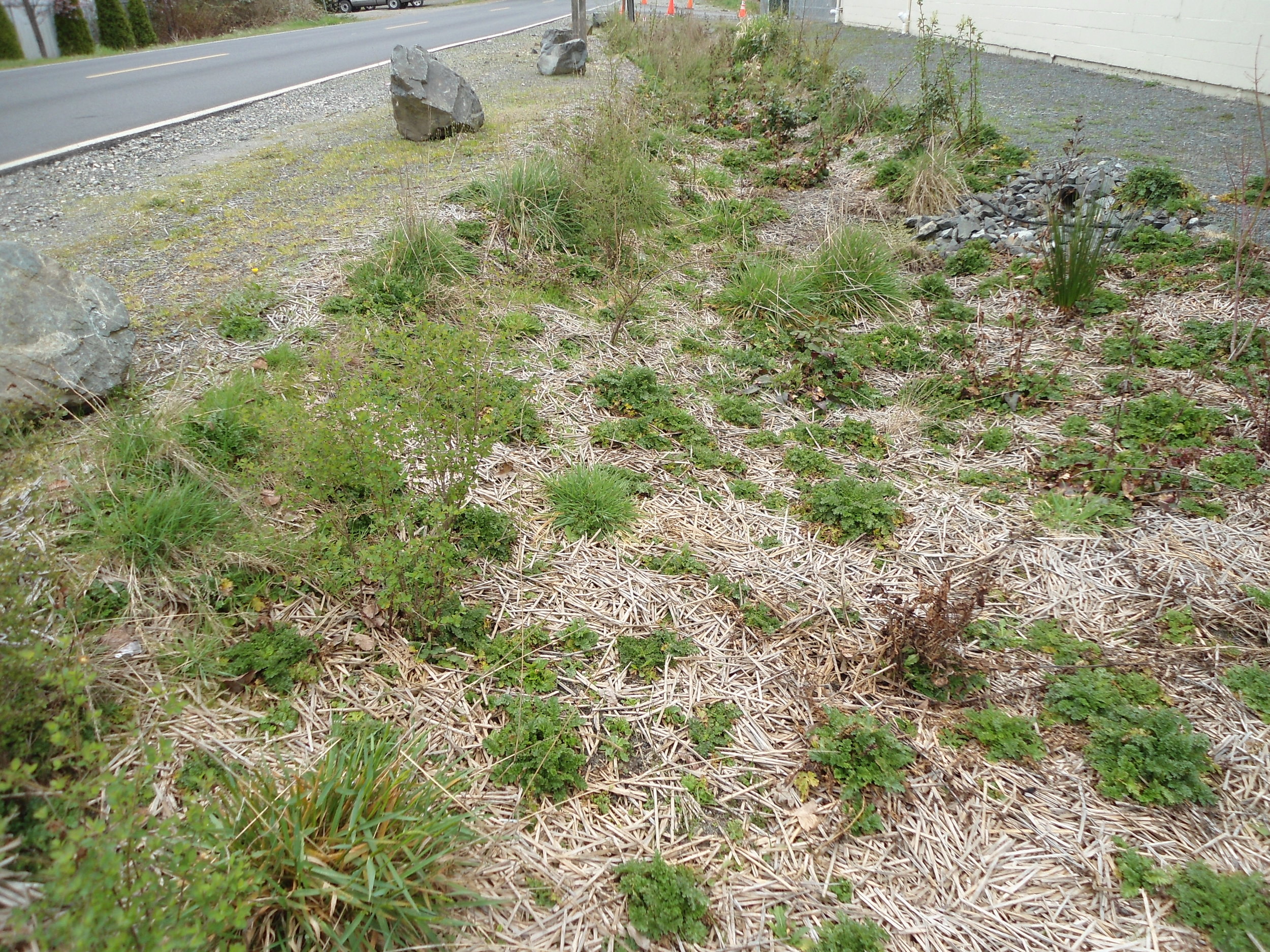
Ponding: Rain gardens and bioretention facilities are designed to
infiltrate ponded water within 24 to 72 hours. If ponding persists
longer than 72 hours, check for clogging of inlets, outlets and pipes.
In extreme cases, it may be necessary to replace the top 2 to 6 inches
of soil in cases of constant ponding. Check for additional wate r inputs
such as leaks, excess groundwater, illicit connections, or a larger than
anticipated contributing area.
Inlets, outlets, and pipes: It is important to maintain the free flow of
water in and out of the rain garden. Remove sediment build-up, mulch,
garbage and weeds from the inlets and outlets. Ensure rock and cobble
pads are preventing erosion and allowing water to flow freely. Replace
or add more rock if necessary.
Summer watering: During plant establishment (years 1 to 3), irrigate
the plants deeply but infrequently during the dry summer months so
that the top 6 to 12” of soil is moist. Using a soaker hose or shower
wand works well. After establishment, water as needed during drought
conditions or when the plants appear to be drought-stressed (leaf-wilt).
Vegetation: Maintain a healthy cover of plants. Remove dead or
diseased specimens, and replant as needed. Prune shrubs as necessary,
especially if they impede visibility. Sedges and rushes do not need
pruning, but some grasses are revitalized with annual cutting (if you
are uncertain, ask CD staff or a Master Gardener). Fall leaf li tter may
remain to add to mulch layer. Do not apply fertilizers – the amended
soil is very rich in compost and nutrients.
Mulch: To prevent weeds and help hold moisture in the soil,
supplement mulch as necessary and maintain a 3” layer of coarse wood
mulch or arborist’s chips.
Weeds: Be especially vigilant to remove weeds when the plants are
young so they are not competing for light, water or nutrients. It is
best to weed thoroughly in the spring before seed dispersal. Some
of the most aggressive invasive weeds are shown at left. In many
cases, you can identify weeds by their prolific number. Without annual
maintenance, weeds can take over and compromise your rain garden.
Remove weeds by hand – do not use herbicides.
Questions?
Contact your local Conservation District for questions. Snohomish Conservation
District’s Community Conservation team can be reached at 425-335-5634 or
ccteam@snohomishcd.org.
Better Ground is brought to you by the Snohomish Conservation District.
528 91st Ave NE Lake Stevens, WA | 425-335-5634, ext 4 | www.betterground.org


